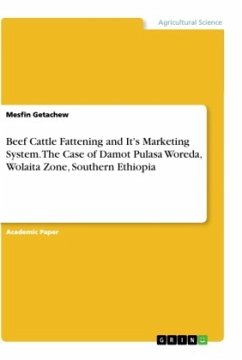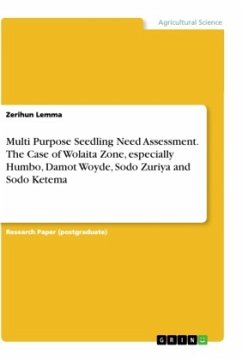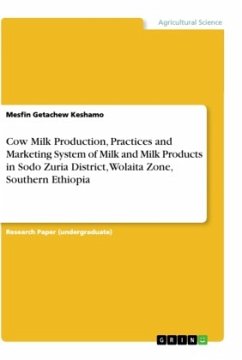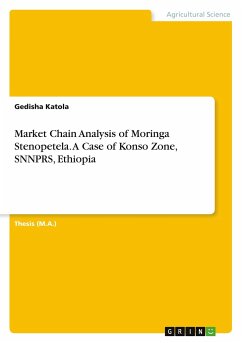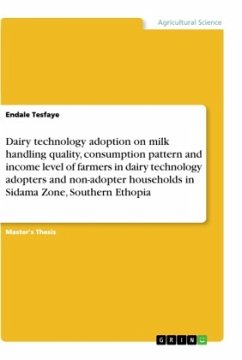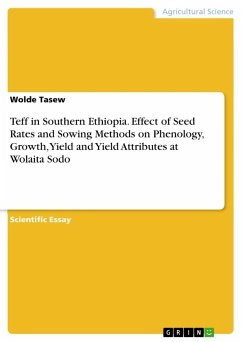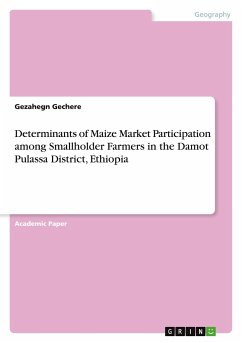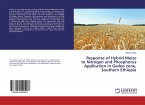Academic Paper from the year 2019 in the subject Agrarian Studies, grade: 3.78, , course: Beef Cattle Production, language: English, abstract: Livestock production is an integral part of Ethiopia's agricultural sector and plays a vital role in the national economy. As the country has a large livestock population, which ranks first in Africa and tenth in the world, it has much to gain from the growing global markets for livestock products. Therefore, this study aims to give further inside how this can be achieved in the exemplary case of beef fattening. The study was conducted in the Southern Nation Nationality and People Regional Government in Wolaita Zone to assess beef cattle fattening and marketing system in the case of Damot Pulasa Woreda. In the present study stratified sampling method was used and a total of 120 households were selected for survey study. To collect the data both primary and secondary data source were used and the collected data were analyzed by using descriptive. The study indicated that the main purposes of beef cattle fattening were for 25, (78.1%) to start their fattening activity to replace the old oxen after the end of the plowing period and only small proportion 7, (21.9%) of the fatteners were income oriented respectively. The common beef cattle selection criteria were health condition, physical appearance, sex, age are 46.2%, 30.14%, 12.32%, 11.34% respectively. Major feed resources were natural pasture (56.25%), Maize and Enset tuber (31.25%), frushika (10%), grazing (2.5%). Beef cattle fattening constraints were feed shortage (34.4%), lack of capital (25%), market problem (15.6%), disease and parasite (9.375%), lack of extension service (9.375%), and drought (6.25%). The frequency of fattening per year was 21(65.6%) of cattle fatteners in the study area were fattening only one time per year and the rest 7(21.9%) and 4(12.5%) were fattening two times and three times per year respectively. Major beef cattle fattening opportunities were market demand 40.3%, feed resource and water availability 31.7% and comfortable environments 28%. Beef cattle marketing constraints were road problem 43%, unequal demand and surplus 29.2% and market distance 27.8%. Therefore based on the result we endorse that the farmers should be well awarded on beef cattle fattening and marketing system, use improved forage for supplementary feed and should be well-informed about market condition and further large scale research should be conducted on the area of beef marketing.
Hinweis: Dieser Artikel kann nur an eine deutsche Lieferadresse ausgeliefert werden.
Hinweis: Dieser Artikel kann nur an eine deutsche Lieferadresse ausgeliefert werden.

